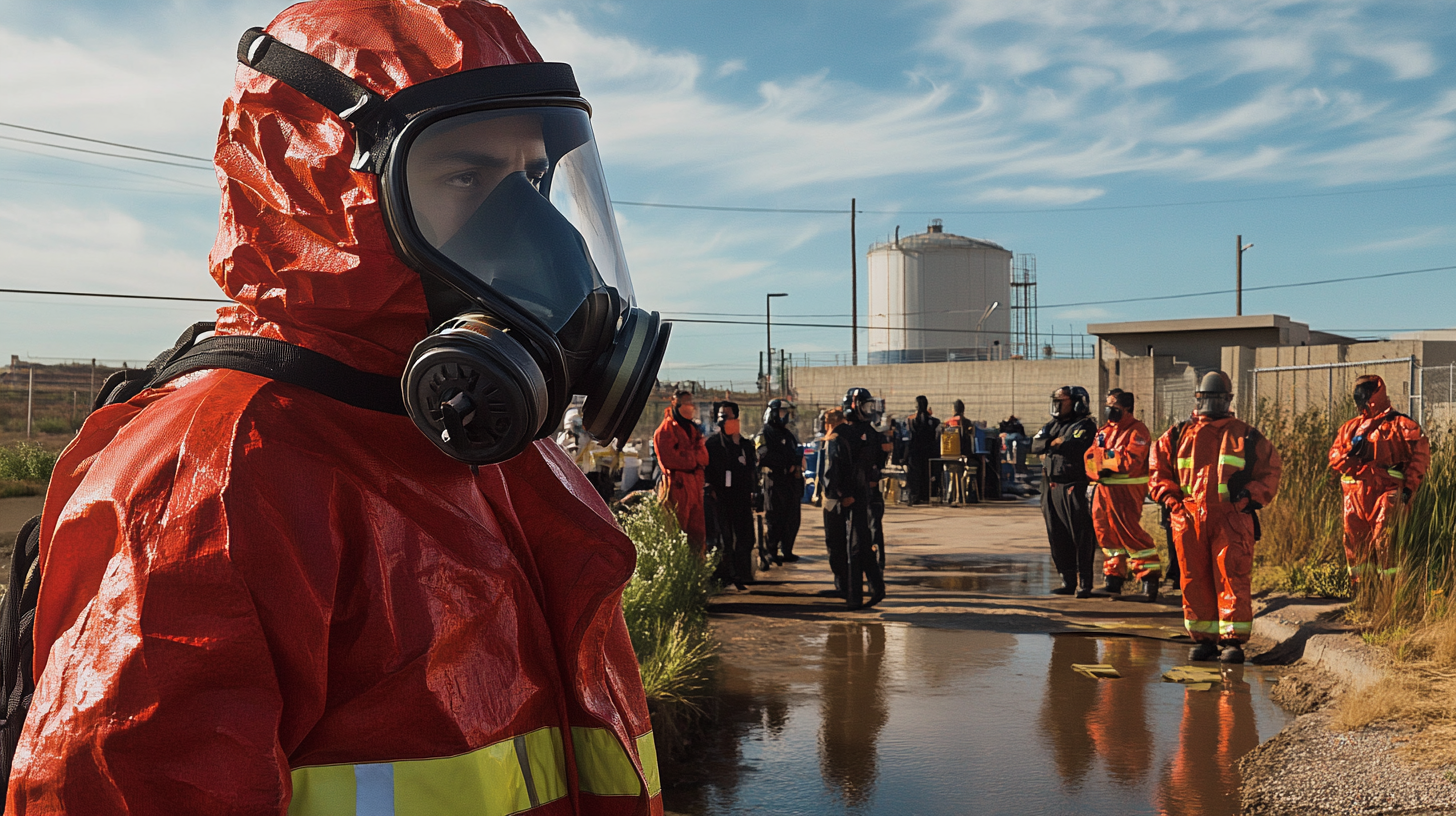Hidalgo County First Responders Engage in Large-Scale Hazmat Drill
In a coordinated effort to enhance emergency readiness, more than 100 first responders from various agencies across Hidalgo County participated in a full-scale hazardous materials (hazmat) drill. This strategic exercise took place at the Sharyland Water Treatment Plant, simulating the response to a chlorine chemical leak.
Boosting Emergency Preparedness
The rigorous training exercise, orchestrated by the Hidalgo County Local Emergency Planning Committee (LEPC), exemplifies the commitment to ensuring that Valley residents can rely on well-prepared emergency services during potential chemical hazards. By involving multiple agencies, including fire departments from Pharr, Edinburg, and others, the drill aimed to streamline communication and operational efficiency in real-world scenarios.
Alton Fire Chief and Chair of the LEPC Gustavo Ramirez emphasized the multi-agency collaboration. “It’s not just one department taking care of hazardous materials incidents but several departments. Every department has a role in the response,” he explained. Such coordination is vital for timely and effective responses, potentially saving lives and minimizing environmental impact.
Behind the Scenes: The Drill at Work
Channel 5 News provided an exclusive look into the drill as preparations unfolded. Firefighters suited up in advanced hazmat attire, while meteorologists like Barry Goldsmith from the National Weather Service assisted in assessing potential evacuation needs. The scenario allowed agencies to benchmark response times and assess gaps in current protocols.
Barry Goldsmith detailed how meteorologists contribute critically in such disasters, stating, “Our role is to help determine if evacuations are needed by analyzing weather patterns and wind directions, which can spread hazardous materials over vast areas.”
Feedback gathered from these drills over the next few weeks will provide valuable insights, enabling first responders to refine their strategies and improve future hazmat responses further.
Implications for the Rio Grande Valley
For the RGV news audience, this drill holds significant importance. Such preparedness fosters a sense of security among community members, reassuring them of a prompt and structured response in case of any chemical emergencies.
Furthermore, Hidalgo County’s proactive measures may encourage similar safety protocols in neighboring communities within South Texas, elevating the overall emergency response framework in the Valley. This spillover effect emphasizes the community interest and collaborative spirit that defines the region.
Community Empowerment: Related Initiatives
While emergency readiness is crucial, the Valley has also seen strides in community empowerment beyond crisis scenarios. Initiatives like the United Way’s ‘Esperanza Latina’ program and the Latina Hope Program, both designed to support Latina business owners, highlight the region’s commitment to socio-economic resilience.
These programs offer critical resources and mentoring, aiding local entrepreneurs in navigating challenges and improving business operations. By strengthening local enterprises, such efforts contribute directly to community prosperity and stability, complementing the safety assurances afforded by well-prepared emergency services.
Looking Towards the Future
The continued success and effectiveness of the hazmat drill indicate promising prospects for expanding the scope and frequency of such cooperative exercises. With ongoing refinement, the feedback derived from these drills can translate into tangible enhancements in the county’s emergency management systems.
Chief Ramirez sees future drills evolving to incorporate more complex scenarios and technological advancements in emergency response, further cementing Hidalgo County’s position as a leader in proactive public safety measures.
Balanced Perspectives and Ongoing Discussions
While the overall reception of these drills is positive, some experts stress the need for ongoing dialogue around disaster management and preparedness budgets. Ensuring sustainable financial support for training exercises and emergency service improvements remains a pivotal concern.
Residents are encouraged to participate actively in ongoing discussions and public forums, sharing insights and expectations to aid in shaping policies that cater effectively to their safety and well-being.
Local Resources and Support
Valley residents seeking more information on emergency protocols or wishing to get involved in community training sessions can contact the Hidalgo County Local Emergency Planning Committee. This committee remains a valuable point of contact for individuals interested in contributing toward or learning more about local emergency preparedness initiatives.
Moreover, engaging with local news outlets, such as RGV Local News, ensures residents stay informed about developments in public safety, community programs, and policy changes that impact their daily lives.
In conclusion, by emphasizing preparedness and community-centric initiatives, Hidalgo County sets a benchmark for resilience and unity in the face of potential hazards, marking a significant step forward for the emergency services landscape in the Rio Grande Valley.







